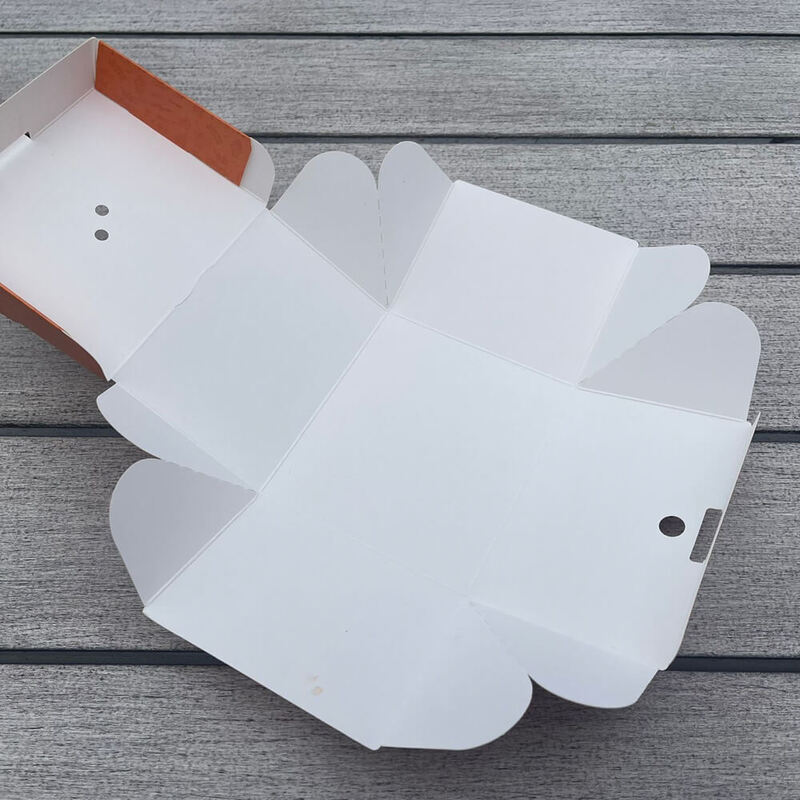The Evolution of Wine Packaging A Journey Through Tradition and Innovation
Wine packaging has come a long way since the days of leather flasks and clay amphorae. Today, it encompasses a variety of materials and designs that not only protect the precious liquid but also enhance the overall consumer experience. As the world of wine continues to evolve, so too does its packaging, reflecting changing consumer preferences, environmental concerns, and technological advancements.
Historically, wine was stored in simple containers that varied depending on the region and available materials. In ancient times, wines were often transported in animal skins or clay pots, which, while functional, offered little in terms of preservation. The introduction of glass bottles in the 17th century marked a significant turning point. Glass, with its impermeability and inertness, became the preferred material for wine storage, allowing for better aging and protection against contaminants. The iconic green or brown glass bottles of Bordeaux and Burgundy not only serve as a practical vessel but also contribute to the aesthetic appeal of wine.
As the wine industry grew, so did the sophistication of packaging. Labels became an essential part of branding, providing essential information about the wine’s origin, variety, and quality. Over time, the design of wine labels evolved into an art form, competing for consumers' attention in a crowded marketplace. Today, many wineries invest significantly in creative and eye-catching designs that tell a story about their heritage and reflect their brand's identity.
However, the traditional glass bottle has faced challenges in recent years. Increasing environmental awareness has prompted consumers to seek sustainable alternatives, leading to innovative packaging solutions. One of the most significant trends in wine packaging is the use of alternative materials, such as Tetra Pak, aluminum cans, and biodegradable options. These alternatives not only reduce the carbon footprint associated with transportation — being lighter than glass — but also appeal to younger consumers who prioritize sustainability.
wine packaging

Canned wine, in particular, has seen a surge in popularity. It offers convenience for outdoor activities and casual gatherings, breaking the stereotype that wine must be consumed from a bottle. Additionally, the hermetically sealed environment of cans helps preserve the wine's freshness, making them an attractive option for both producers and consumers.
Moreover, technological advancements have introduced smart packaging into the wine industry. QR codes and augmented reality features on labels allow consumers to access a wealth of information — from food pairing suggestions to the vineyard's history — enhancing the overall experience. This combination of tradition and technology reflects the evolving landscape of consumer engagement in the modern age.
The future of wine packaging will likely continue to blend innovation with tradition. As vineyards face the challenges of climate change and shifting consumer preferences, producers will need to adapt not only in terms of their wine but also how they present it. Sustainable practices, such as lightweight bottles, refillable containers, and eco-friendly materials, will become increasingly important. Furthermore, with the rise of online sales, packaging will play a crucial role in logistics and transportation, ensuring that the wine reaches consumers in optimal condition.
In conclusion, wine packaging is much more than a vessel for containing liquid; it is a multifaceted aspect of the wine industry that reflects cultural heritage, environmental responsibility, and technological progress. As we move forward, the interplay between tradition and innovation will continue to shape the way wine is packaged, presented, and enjoyed around the world.



